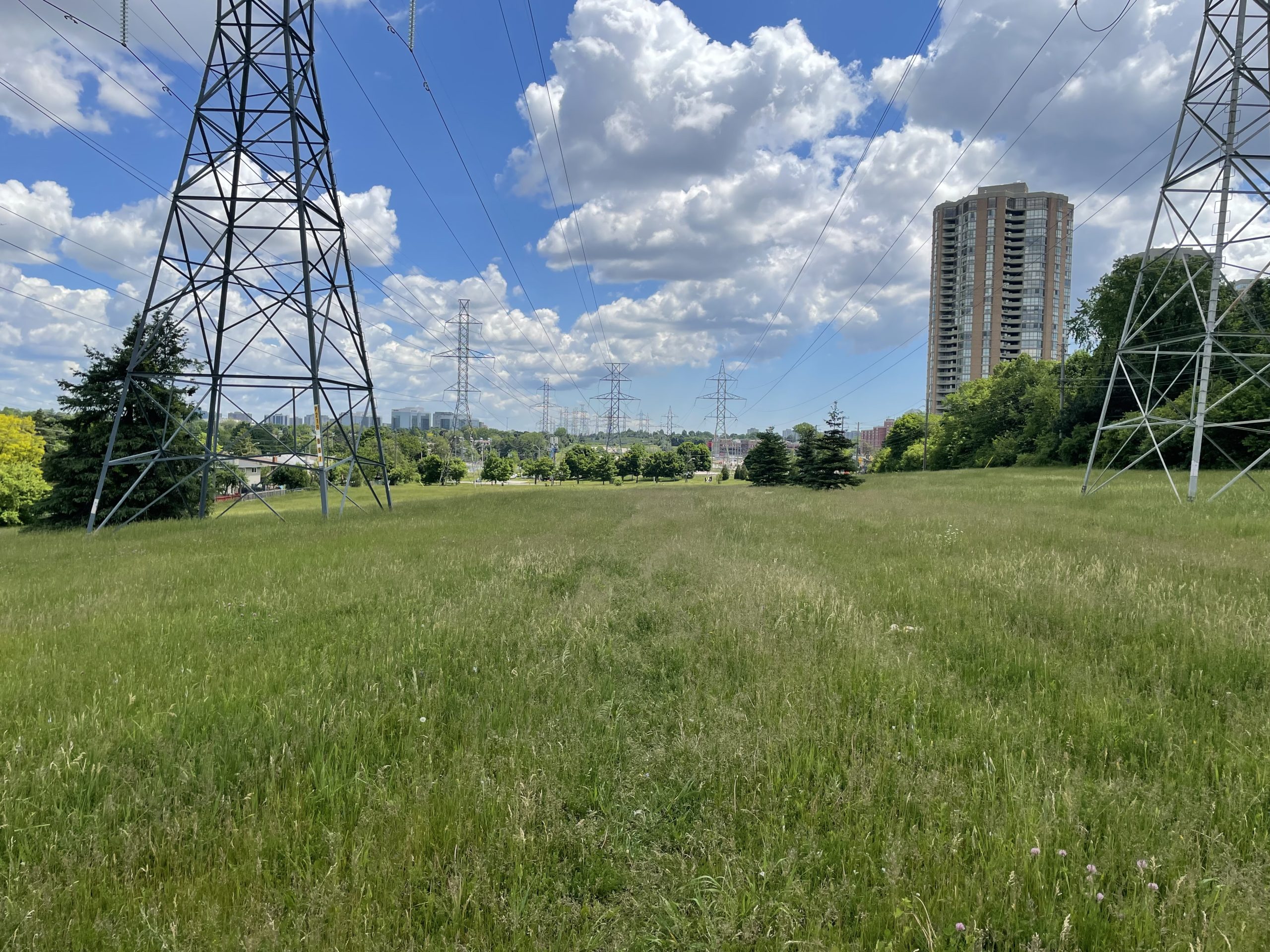Nadnev
New Member
I can't help but feel that Toronto underutilizes the chicane. Instead of another set of lights here, I wonder if this would have been better suited to a chicane?New lights have actually been installed as of last week one street to the west of this intersection, at Wimbleton and Dundas, though in this particular case it's needed as it's in the middle of a long stretch of Dundas that doesn't have lights and asshole drivers treat it like a highway. The street also curves and dips through here, creating a blind spot, and there's a nice park that families and kids use a lot more these days, so there needs to be some kind of traffic calming measure. Added bonus is that the lights will also finally connect the residential neighbourhoods north and south of Dundas, which until now had been impassable for non-drivers..
Slow down the driving speed of the vehicles with physical barriers, rather than forcing a complete stop.





